Exploring the Fascinating Habit of Birds Standing on One Leg

Birds have captivated us with their enchanting songs, vibrant plumage, and graceful flight. But beyond these captivating attributes, they also exhibit intriguing behaviors that continue to pique our curiosity. One such behavior is standing on one leg, a habit that has puzzled scientists and bird enthusiasts alike.
From majestic flamingos wading in shallow waters to statuesque herons poised at the water’s edge, many bird species adopt this seemingly unbalanced posture during periods of rest or sleep. In this article, we will delve into the mysteries of birds standing on one leg and shed light on its underlying reasons.
Understanding the Basics: Anatomy of a Bird’s Leg

To comprehend the mechanics of this behavior, we must first understand the anatomy of a bird’s leg. A bird’s leg consists of several distinct parts, each serving a specific purpose. The upper leg bone, known as the femur, connects to the lower leg bone called the tibiotarsus, providing primary support and strength.
Further down, the fusion of bones in the lower leg and foot region, known as the tarsometatarsus, enhances stability and allows birds to exert force while perching. Birds typically possess three forward-facing toes and one backward-facing toe called the hallux or hind toe, enabling them to grasp and perch on various surfaces.
The Mystery Unveiled: Why Birds Stand on One Leg
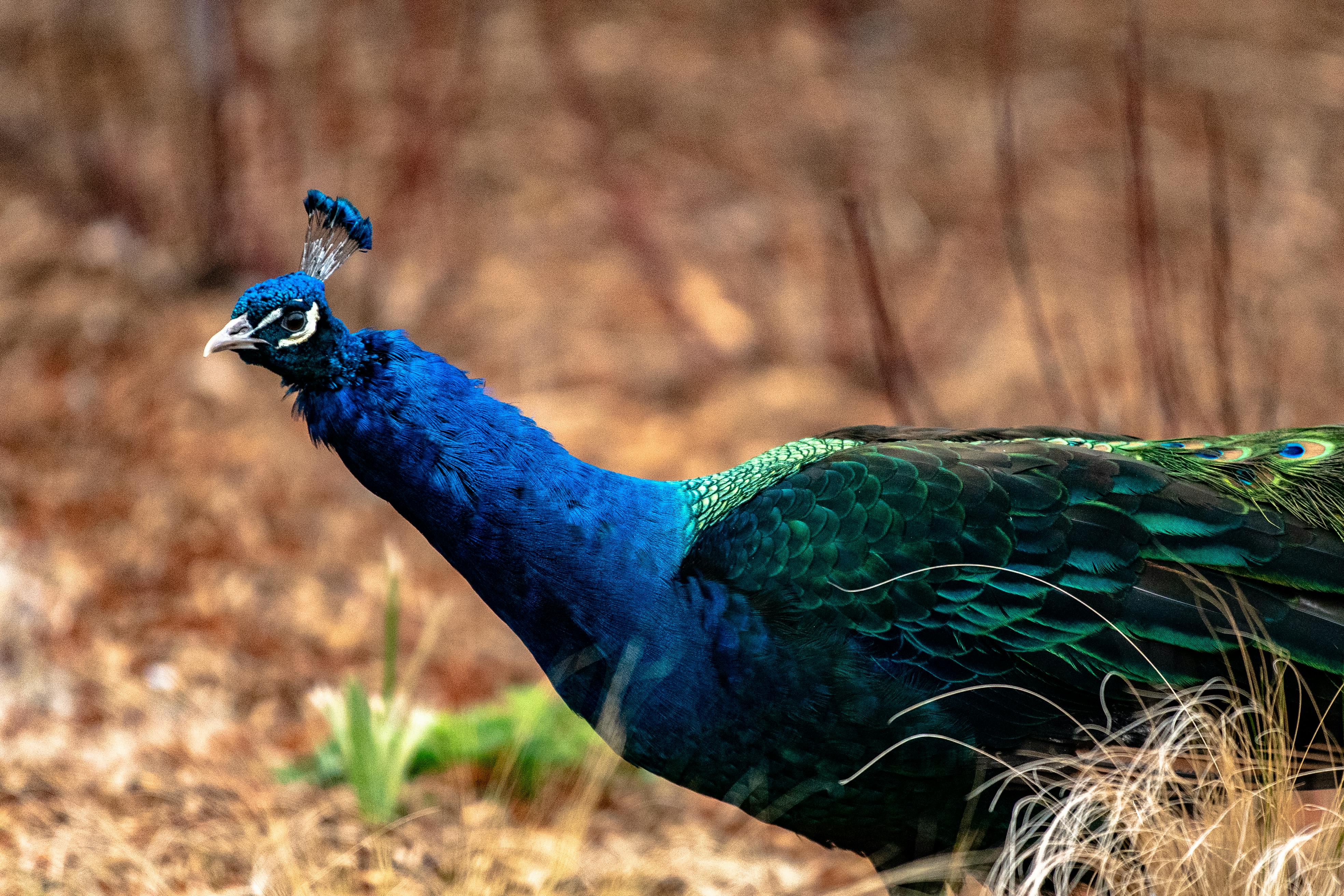
Now, let’s delve into the various theories that attempt to explain why birds adopt this seemingly unorthodox stance. We will explore the influence of habitat factors, such as temperature regulation and protection from predators, to gain a better understanding of the ecological significance of standing on one leg.
Practical Insights: Signs and Actions
For bird owners and enthusiasts, it’s essential to know the common signs of a bird standing on one leg and what actions to take if this behavior is observed. We will provide practical insights to help you better understand and care for your avian friends.
By the end of this captivating journey into the world of avian habits, you will have gained a newfound appreciation for the intricacies of bird behavior and a deeper understanding of the benefits that standing on one leg offers. Let’s uncover the secrets behind birds’ fascinating inclination to stand on a single leg!
3. Different Reasons Why Birds Stand on One Leg
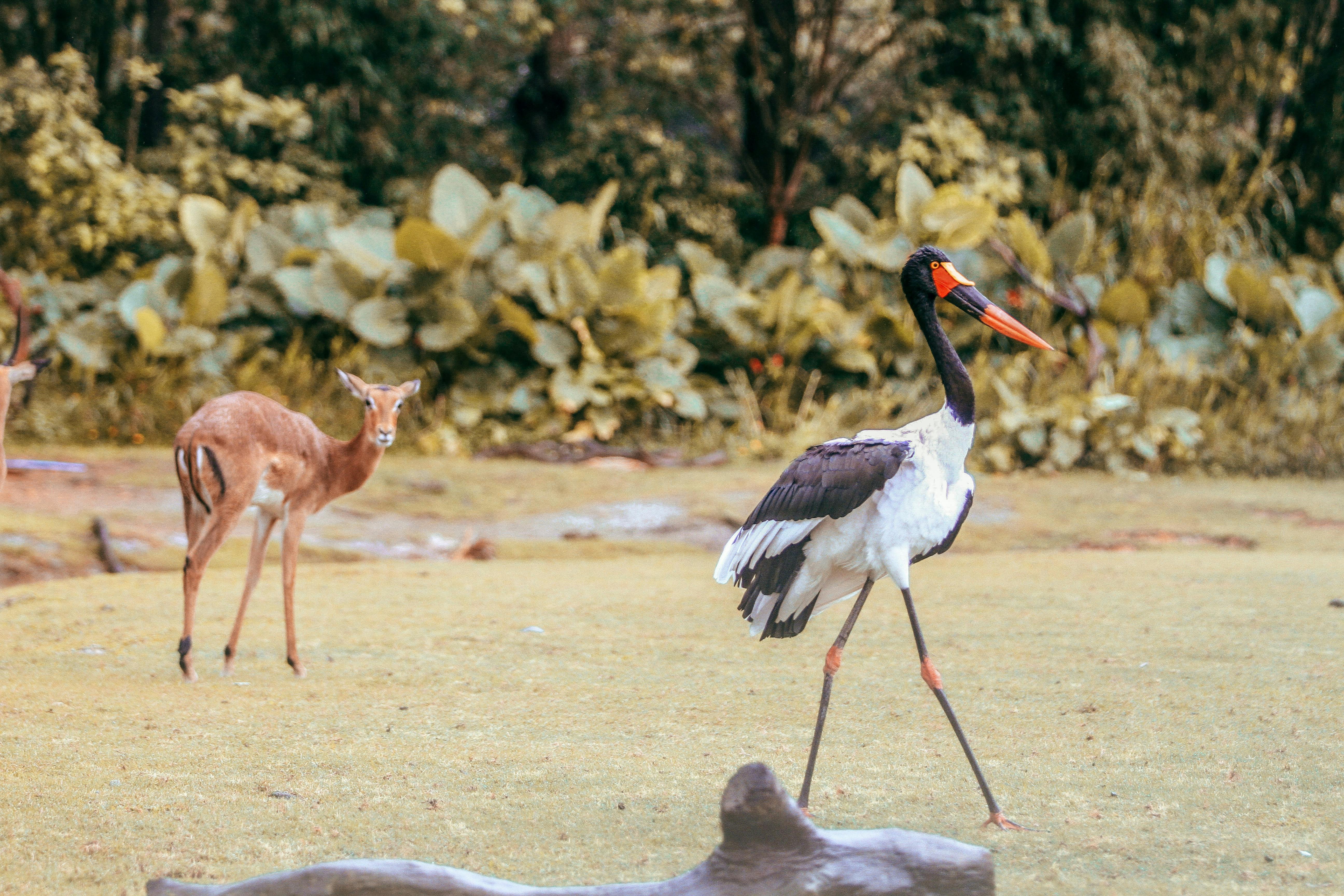
Birds exhibit the curious behavior of standing on one leg for various reasons. This section explores the physiological benefits, comfort and safety factors, and the intriguing adaptations that contribute to this posture.
Physiological Benefits
Standing on one leg provides birds with several physiological advantages that aid their well-being and survival.
Energy Conservation
By tucking one leg close to their body, birds conserve energy by reducing heat loss. This behavior is particularly valuable in colder environments where maintaining body heat is crucial.
Blood Circulation
Elevating one leg helps regulate blood circulation in birds, preventing swelling or discomfort caused by blood pooling in their lower extremities. This ensures efficient oxygenation and nutrient delivery throughout their bodies.
Muscle Relaxation
Standing on one leg allows birds to relax their leg muscles, minimizing fatigue and strain. This posture enhances their overall endurance and reduces the risk of overexertion.
Comfort and Safety
In addition to physiological benefits, standing on one leg offers birds comfort and safety advantages.
Stability
By adopting this posture, birds improve their stability and balance, especially in unstable environments like branches or narrow perches. The raised leg acts as a counterbalance, preventing falls or accidents.
Protection
Birds minimize the risk of injury or exposure to harmful elements by standing on one leg, avoiding contact with cold surfaces or predators. This behavior safeguards their limbs and overall well-being.
Feather Maintenance
Standing on one leg facilitates feather maintenance, allowing birds to groom hard-to-reach areas on their bodies. Clean and well-maintained plumage ensures optimal flight performance, insulation, and visual displays.
Understanding the physiological benefits, comfort and safety factors, and adaptations behind birds’ habit of standing on one leg provides valuable insights into their behavior. In the following sections, we will delve into the scientific aspects of this “unbalanced” posture and the influence of habitat factors.
4. The “Unbalanced” Posture: Investigating the Science Behind It
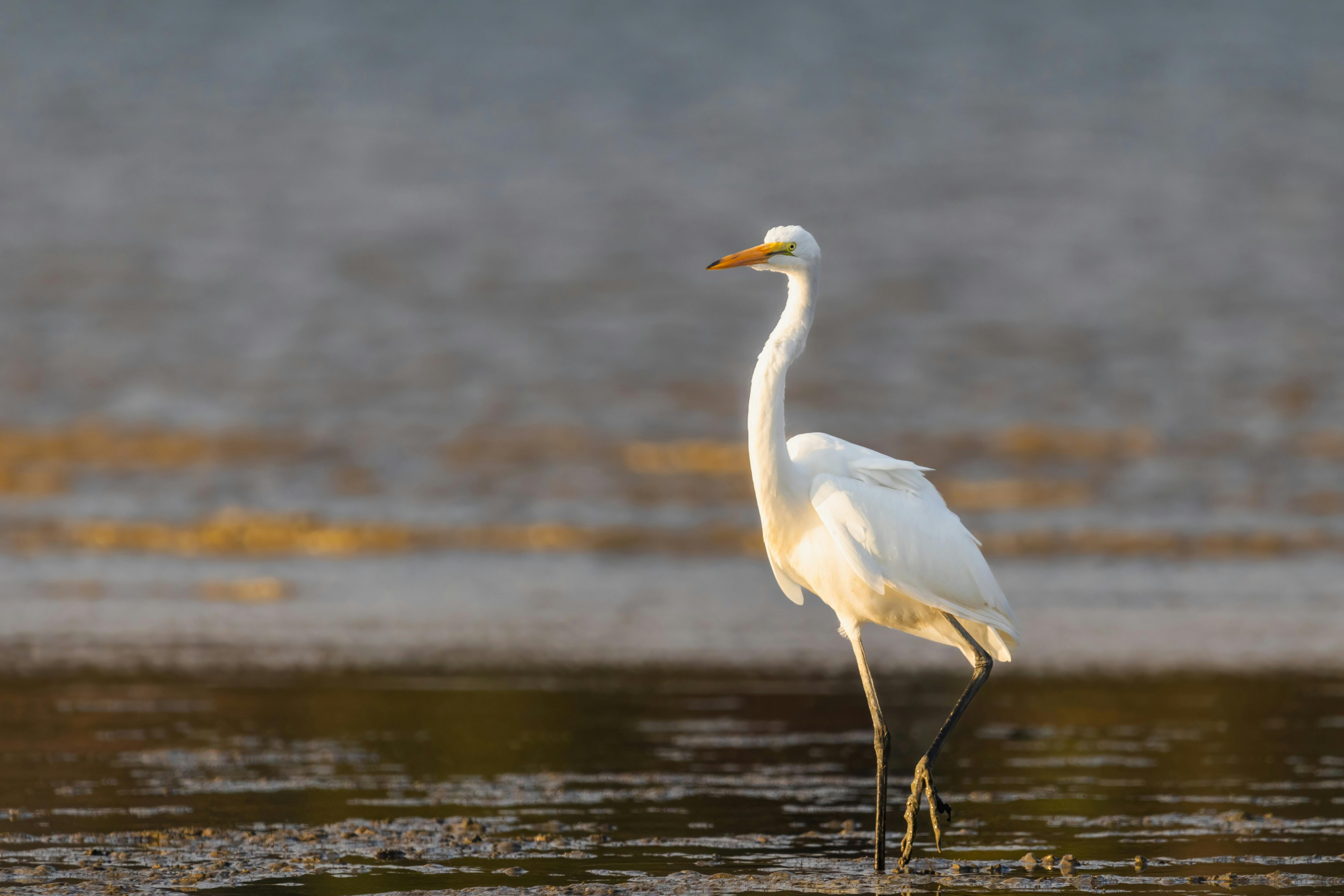
Birds’ ability to stand on one leg may appear unbalanced, but there is an intriguing scientific explanation behind this seemingly precarious stance. Their unique anatomy and physiological adaptations enable them to maintain stability and conserve energy.
Birds achieve stability through specialized tendons, ligaments, and joints that distribute their body weight efficiently. The tail acts as a counterbalance, further enhancing stability.
Researchers have conducted studies on various bird species to understand the science behind this behavior. Birds with longer legs and specific anatomical features, such as a locking mechanism in the knee joint, can comfortably maintain this posture. These adaptations contribute to stability and energy efficiency.
The one-legged stance serves multiple purposes for birds. It conserves energy by reducing muscle fatigue and is particularly valuable during extended periods of standing or sleeping. Additionally, it aids thermoregulation by reducing heat loss through the legs, helping birds maintain an optimal body temperature in colder environments.
In summary, the “unbalanced” posture of birds standing on one leg is a remarkable phenomenon rooted in their unique anatomy and physiological adaptations. Through specialized tendons, ligaments, and joints, birds achieve stability and balance. This behavior allows them to conserve energy and regulate their body temperature effectively. Understanding the science behind one-legged standing provides a deeper appreciation for the fascinating habits of birds and their incredible adaptability to different environments.
5. Factors Influencing One-Legged Perching in Birds

Birds engage in a variety of behaviors influenced by their habitat and environmental conditions. Two key factors that contribute to a bird’s decision to stand on one leg are temperature regulation and protection from predators.
a. Temperature Regulation
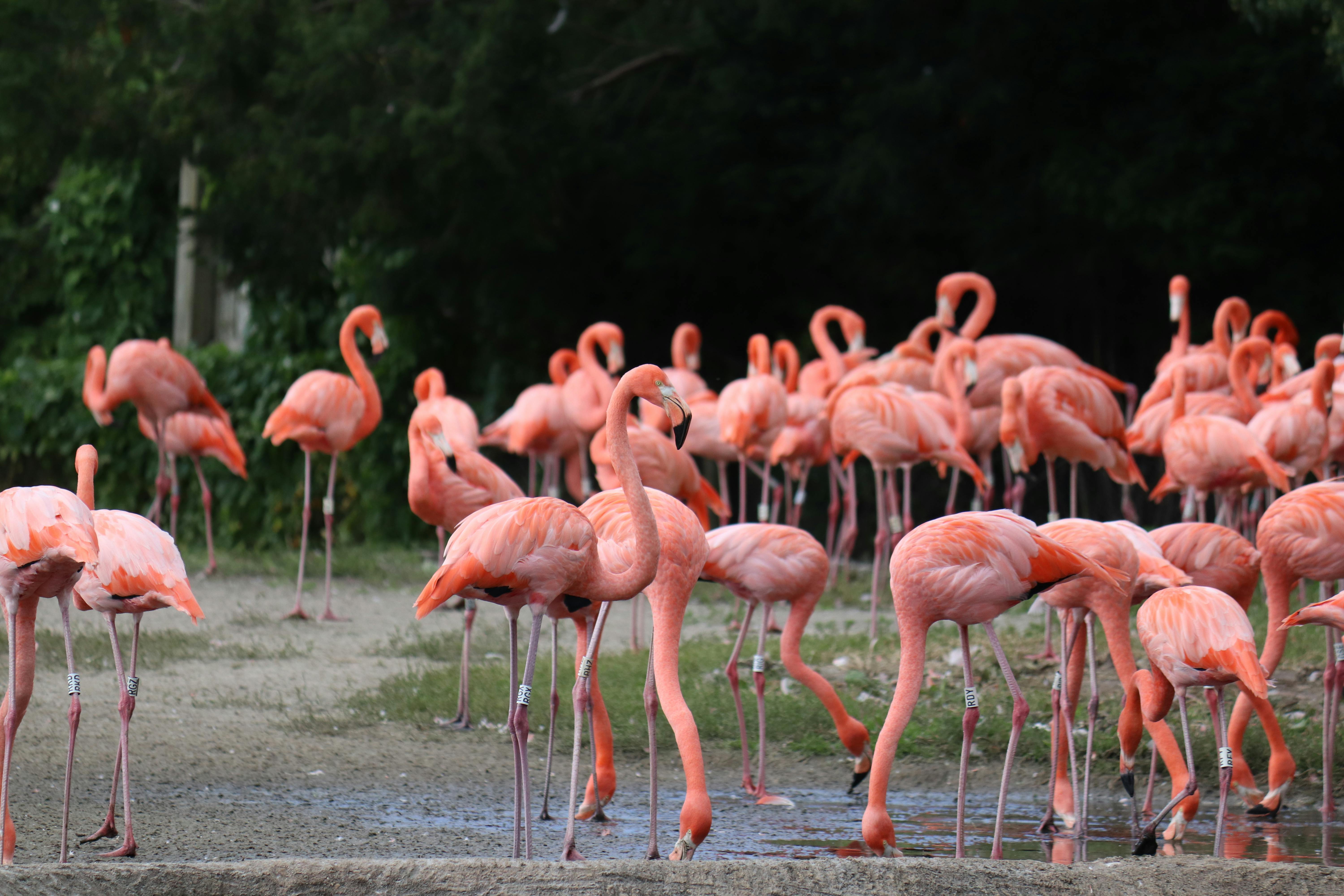
Birds have a higher body temperature than humans, typically ranging from 104°F to 108°F (40°C to 42°C). To efficiently regulate their body temperature, birds often adopt the behavior of standing on one leg.
By tucking one leg close to their body, birds minimize heat loss and conserve energy. This posture reduces their overall surface area, helping them retain body heat, especially in colder temperatures. Additionally, the unexposed leg is often covered by feathers, providing further insulation.
In extreme cold, birds may alternate legs periodically to prevent frostbite and maintain an optimal body temperature. This alternating behavior ensures both legs receive sufficient warmth and circulation, safeguarding the bird against harm.
b. Protection from Predators
Standing on one leg serves as a defensive posture for birds, offering advantages in predator detection and evasive action. By perching on a single leg, birds can remain alert and ready to take swift flight if a predator approaches.
This behavior allows birds to conserve energy while maintaining a vigilant lookout for potential threats. The reduced contact points with the ground also minimize the chances of detection by predators through vibrations or sound. By presenting a smaller target size, birds make it more challenging for predators to successfully grasp or attack them.
Furthermore, the ability to stand on one leg enables birds to quickly shift between perching sites, enhancing their agility and escape capabilities. This behavior has evolved as a survival strategy, particularly for species that inhabit open landscapes or areas with limited shelter.
In summary, temperature regulation and protection from predators significantly influence a bird’s decision to stand on one leg. By adopting this behavior, birds can efficiently regulate their body temperature and enhance their defensive abilities, ensuring their survival in diverse environments.
6. Identifying Signs When Your Bird Stands on One Leg

When observing your bird’s behavior, it’s important to look for specific signs that can help you understand why it may be standing on one leg. While occasional one-legged perching is generally normal, persistent or unusual behavior may indicate an underlying issue. Here are some common signs to consider:
6.1. Duration of One-Legged Perching
Take note of how long your bird remains standing on one leg. Occasional brief periods are usually harmless and may indicate a temporary adjustment or rest. However, consistent extended periods or reluctance to use the other leg could be a cause for concern.
6.2. Balance and Posture

Observe your bird’s balance and posture while standing on one leg. A healthy bird will maintain a stable and balanced position without visible signs of strain or effort. Unsteadiness, excessive leaning, or difficulty maintaining balance may indicate an injury, pain, or weakness in the leg.
6.3. Changes in Behavior
Pay attention to any changes in your bird’s behavior while one-legged perching. Increased withdrawal, signs of distress, or decreased activity levels could indicate pain, discomfort, or an underlying health issue.
6.4. Limping or Lameness
Watch for signs of limping or lameness when your bird moves or tries to walk. Significant favoring of one leg or avoidance of putting weight on it suggests a potential injury or pain. Limping or lameness should be taken seriously and may require veterinary attention to prevent further complications.
6.5. Changes in Eating or Drinking Habits

Monitor your bird’s eating and drinking habits while it stands on one leg. A sudden decrease in appetite, reluctance to eat or drink, or difficulty perching to access food or water could indicate discomfort or an underlying health issue. Changes in eating or drinking behaviors should be evaluated by a veterinarian.
Remember, every bird is unique, and their behavior can vary. Establish a baseline of what is normal for your bird and be vigilant for any deviations from their usual patterns. If you notice concerning signs or behaviors, consult a qualified avian veterinarian to ensure the health and well-being of your feathered friend.
What to Do If Your Bird Is Standing on One Leg
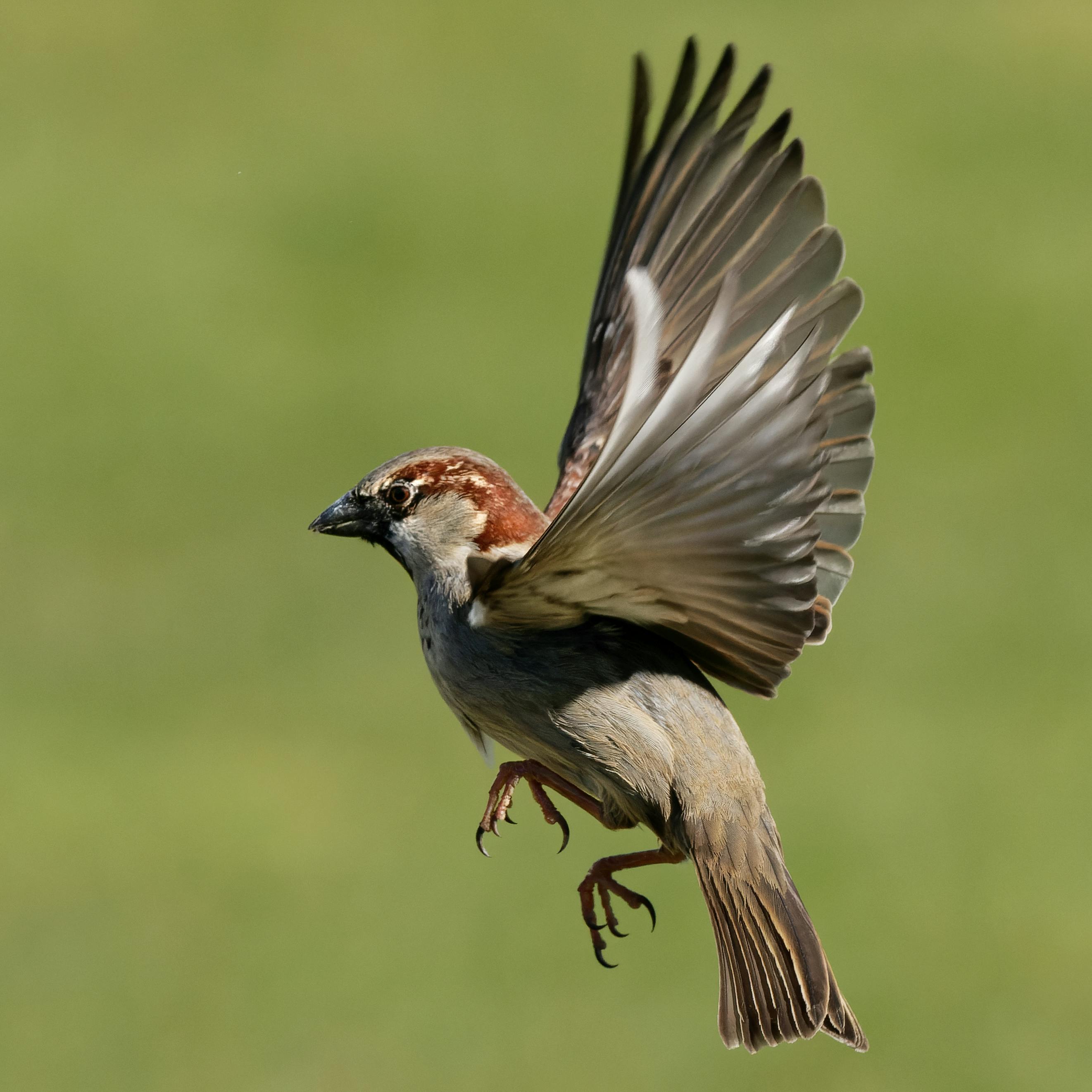
If you notice your bird frequently standing on one leg, it’s important to assess their overall health. While occasional unipedal resting is normal, prolonged or frequent one-legged stance may indicate an underlying issue. Here’s what you can do:
-
Observe and monitor: Pay close attention to your bird’s behavior, noting how often they stand on one leg and if they show signs of discomfort or difficulty balancing. Keep a record to share with an avian veterinarian.
-
Consult an avian veterinarian: Seek professional advice if you have concerns about your bird’s one-legged stance or abnormal behavior. They can determine the cause and appropriate action.
-
Provide a suitable environment: Ensure a safe and comfortable living space for your bird. Offer a variety of perches for foot health and exercise. Avoid extreme temperatures or drafts that affect their balance and body temperature regulation.
-
Inspect the feet: Regularly check your bird’s feet for injuries or abnormalities. Consult a veterinarian if you notice any issues.
-
Follow the veterinarian’s recommendations: If an underlying health issue is diagnosed, adhere to the veterinarian’s treatment recommendations. This may include medication, therapy, dietary changes, or other interventions.
-
Maintain regular check-ups: Schedule regular visits with an avian veterinarian to monitor your bird’s health and address concerns promptly.
Remember, each bird is unique, so consult an avian veterinarian for personalized advice.
Conclusion: Understanding the Benefits of Bird Standing on One Leg

Throughout this post, we explored birds’ fascinating habit of standing on one leg. By examining their leg anatomy and factors influencing this behavior, we gained insights into the potential reasons and benefits.
One advantage is heat conservation. Birds minimize heat loss by tucking one leg against their body, especially beneficial in colder climates.
Energy conservation is another benefit. Alternating legs allows birds to rest their muscles, conserving energy during extended periods of standing.
Standing on one leg aids balance maintenance, providing stability while perching on narrow surfaces or branches.
Additionally, this behavior may serve social and communicative functions in certain bird species, facilitating bonding and attracting mates.
While benefits vary among species, the habit of birds standing on one leg showcases adaptability and complexity in avian life. Further research is needed to fully understand this behavior. By studying birds, we deepen our understanding of the natural world and appreciate avian biology’s wonders.
Frequently Asked Questions
Frequently Asked Questions
1. Why does my bird stand on one leg?
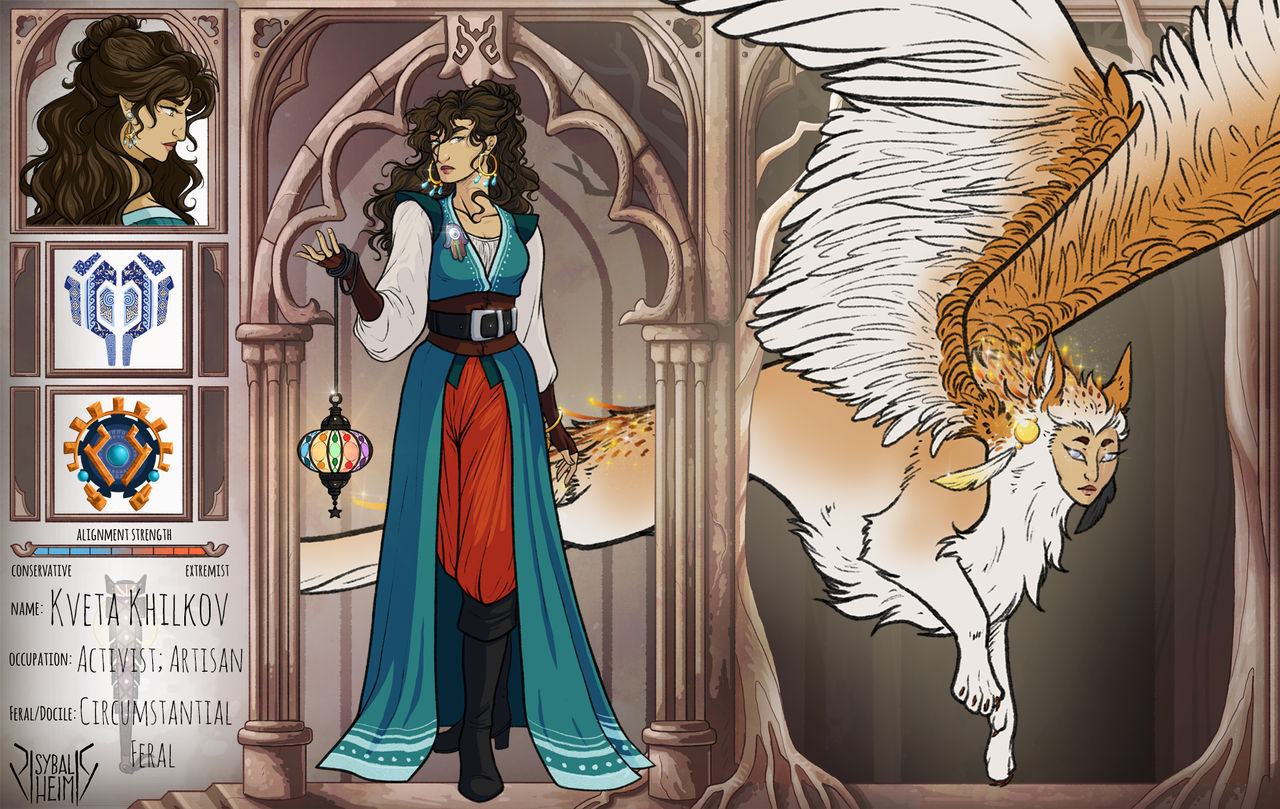
Birds stand on one leg for various reasons. It helps conserve energy by reducing heat loss and muscle fatigue. It also aids in blood circulation and provides stability and balance while perching. Additionally, standing on one leg can serve as a defensive posture against predators.
2. Is it normal for birds to stand on one leg?
Yes, it is normal for birds to stand on one leg. Many bird species exhibit this behavior during periods of rest or sleep. However, if your bird consistently stands on one leg for extended periods or shows signs of discomfort or imbalance, it may indicate an underlying issue that should be evaluated by a veterinarian.
3. How does standing on one leg help birds conserve energy?
By tucking one leg close to their body, birds reduce heat loss and conserve energy, especially in colder environments. This behavior minimizes the surface area exposed to the environment, helping them retain body heat. It also allows birds to rest their leg muscles, reducing fatigue and conserving energy during extended periods of standing.
4. Does standing on one leg indicate a health problem in birds?
Occasional one-legged perching is generally normal behavior in birds. However, persistent or unusual one-legged standing, along with signs of discomfort, imbalance, or changes in behavior, may indicate an underlying health issue. If you have concerns about your bird’s one-legged stance, it is advisable to consult an avian veterinarian for a proper evaluation.
5. How can I provide a suitable environment for my bird to stand on one leg comfortably?
To provide a suitable environment for your bird, ensure a safe and comfortable living space. Offer a variety of perches with different textures and diameters to promote foot health and exercise. Avoid extreme temperatures or drafts that can affect their balance and body temperature regulation. Regularly inspect your bird’s feet for injuries or abnormalities and consult a veterinarian if any issues arise

Leave a Reply